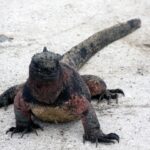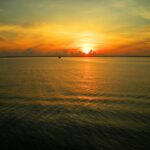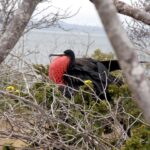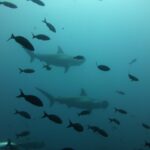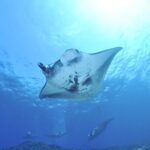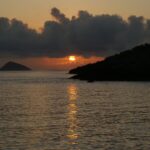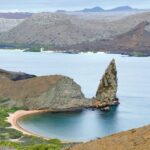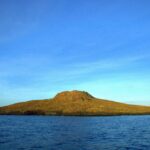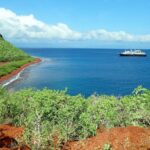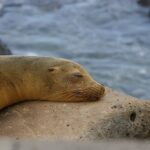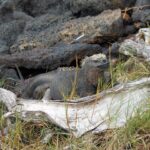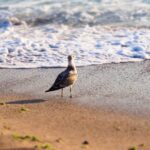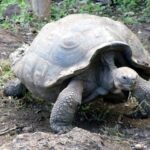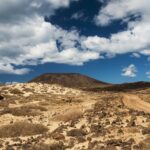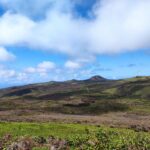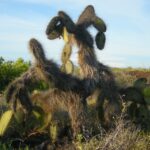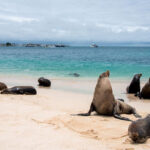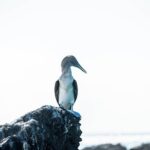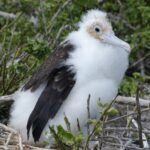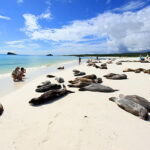Santiago
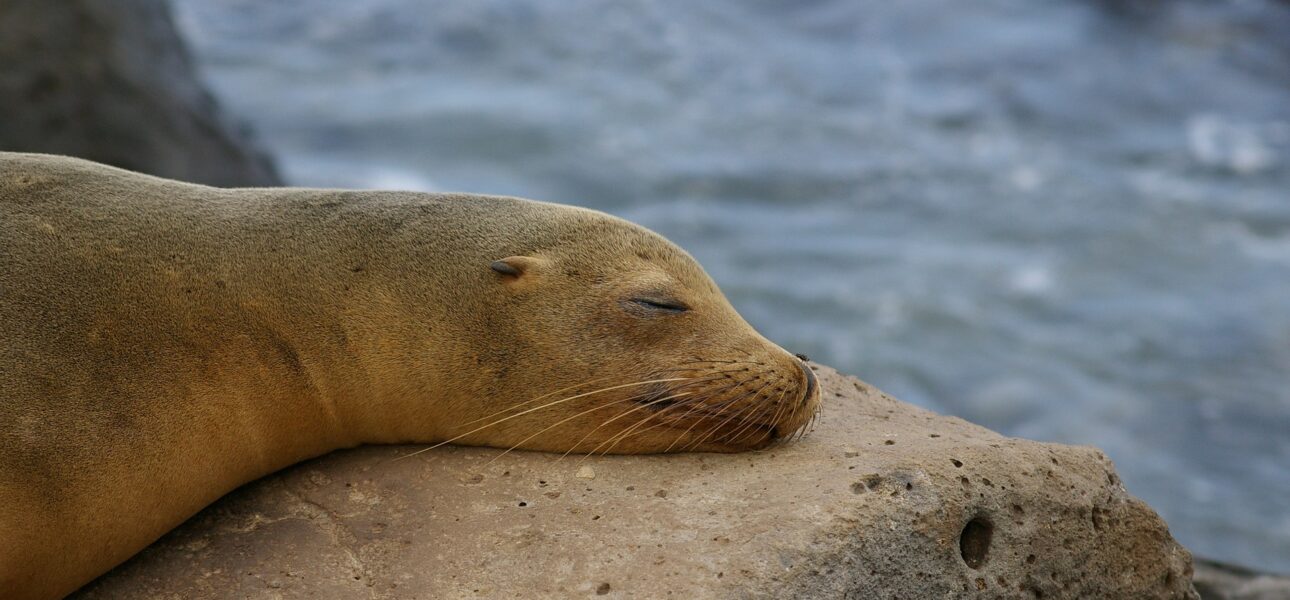
Santiago Island: A Galapagos Tapestry of Lava Fields, Sea Life, and Avian Marvels
Nestled in the central part of the Galapagos archipelago, Santiago Island unfolds as a mosaic of dramatic volcanic landscapes, diverse marine ecosystems, and captivating avian species. In this chapter of our Galapagos Islands series, let’s unravel the unique charm of Santiago, where otherworldly lava formations meet pristine beaches and the fascinating interplay of life in both land and sea.
Geography and Landscape
Santiago Island, also known as James Island, is characterized by its relatively flat terrain and a remarkable combination of older lava flows and more recent volcanic activity. The island’s geology tells a story of the archipelago’s tumultuous past, offering visitors a glimpse into the forces that have shaped the Galapagos over millions of years.
Flora
Pioneer Plants
Santiago’s lava fields are adorned with pioneer plants, including the endemic lava cactus. These resilient plants have adapted to thrive in the harsh conditions, adding a touch of green to the stark volcanic landscapes.
Saltbush and Palo Santo
Coastal areas are dominated by saltbush, while inland regions feature the fragrant Palo Santo trees. The island’s diverse flora contributes to its ecological richness and provides habitats for various wildlife species.
Wildlife
Galapagos Fur Seals
Santiago is home to a colony of Galapagos fur seals, offering visitors a rare opportunity to observe these charismatic marine mammals. The rocky shores and tidal pools provide ideal resting spots for fur seals and sea lions alike.
Marine Iguanas and Sea Lions
The coastal areas of Santiago host marine iguanas and sea lions, showcasing the coexistence of diverse species. Watch as marine iguanas warm themselves on the sun-baked rocks or sea lions bask in the sunlight.
Darwin’s Finches
Santiago is a haven for birdwatchers, with various species of Darwin’s finches inhabiting the island. Observing these iconic birds adds a dimension of avian marvels to the Galapagos experience.
Activities
Punta Espumilla Beach Exploration
Explore Punta Espumilla, a sandy beach on Santiago’s northern coast. Walk along the shores, witness marine iguanas feeding on underwater algae, and enjoy the serenity of this pristine location.
Buccaneer Cove Excursion
Venture to Buccaneer Cove, a historic site with a natural harbor that once served as a refuge for pirates and whalers. Take a panga ride along the shoreline, marvel at the towering cliffs, and immerse yourself in the island’s maritime history.
Snorkeling in Sullivan Bay
Sullivan Bay, on the southeastern side of Santiago, offers excellent snorkeling opportunities. Explore the underwater world, encountering colorful fish, rays, and even sea turtles in the clear waters surrounding the island.
Historical Significance
Buccaneer Cove and Whaling History
The sheltered waters of Buccaneer Cove were once frequented by pirates and whalers. The site bears witness to the human history of the Galapagos, with remnants of anchors and other maritime artifacts adding to its historical significance.
Conclusion
Santiago Island, with its stark volcanic landscapes and diverse wildlife, invites visitors to delve into the intricate tapestry of the Galapagos archipelago. Whether you’re observing fur seals on the rocky shores, snorkeling in vibrant marine habitats, or exploring historical sites, Santiago unfolds as a multifaceted destination. Let the island’s geological wonders and ecological diversity be the backdrop for your Galapagos exploration, where each moment brings you closer to the essence of this extraordinary natural sanctuary.
Explore the Galapagos Islands
Find out all about the different Galapagos islands and what makes them so special!

